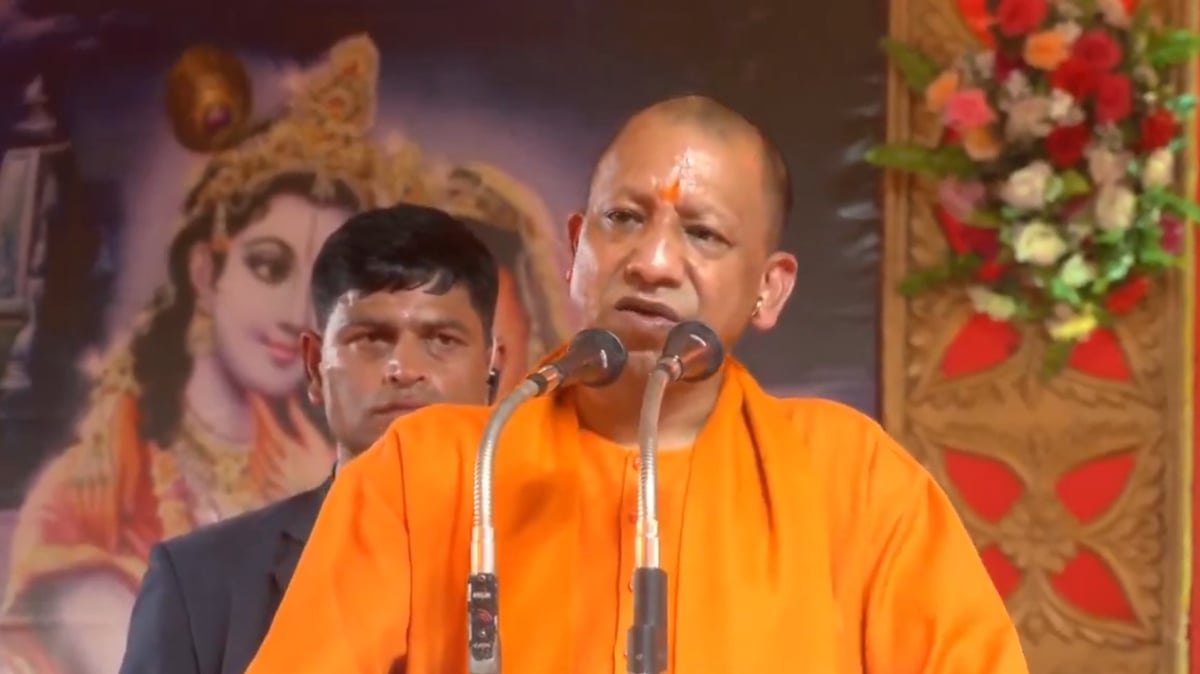Uttar Pradesh Chief Minister Yogi Adityanath issued a stark reminder about the consequences of historical acts of desecration, asserting that “those who destroyed sacred places faced ruin.”
Drawing a historical parallel, he said, “The descendants of Aurangzeb are driving rickshaws today. Had they engaged in virtuous deeds and refrained from demolishing temples, their fate would have been different.”
Addressing a gathering after participating in a seven-day religious event at Asharfi Bhawan in Ayodhya, the CM emphasized the significance of Sanatan Dharma in fostering societal harmony, heritage preservation, and global peace.
CM Adityanath highlighted how destructive actions against religious symbols led to downfall. “If they had done good deeds, history would have taken a different turn,” he remarked. He underscored that world peace can only be established through Sanatan Dharma, which he described as an eternal religion rooted in the origins of creation.
Heritage and Development Integration
The Chief Minister stressed the importance of balancing heritage conservation with development. Citing Ayodhya’s transformation under his government, he said, “The double-engine government has worked under the guidance of saints to restore Ayodhya’s ancient glory. The construction of the grand Ramlala temple and the development of Ayodhya Dham are living examples of this initiative.”
CM Adityanath participated in the Ashtottarshat 108 Shrimad Bhagwat Paath and Panchnarayan Mahayagya, offering oblations with Vedic chants for the state’s prosperity and peace. He emphasized the spiritual and environmental benefits of religious rituals, saying, “Yagya is not just for self-purification but also for environmental sanctity and spreading positive energy in society.”
Highlighting religious persecution in neighboring countries, he posed critical questions: “What is happening in Bangladesh today? What happened in Pakistan and Afghanistan? Who were the people responsible for destroying the symbols of Sanatan Dharma, and what was their intention? Their aim was to turn the earth into a place of suffering through their misdeeds.”
Beginning his Ayodhya visit with prayers at Hanumangarhi, the CM proceeded to the court of Ramlala, where he performed rituals and offered aarti. His visit culminated in spiritual participation at Asharfi Bhawan, where he urged collective responsibility toward safeguarding Sanatan Dharma, calling it “the national religion of India.”
“It is our duty to preserve this timeless heritage,” he concluded, emphasizing that the preservation of India’s spiritual and cultural legacy lies in protecting its religious traditions.
